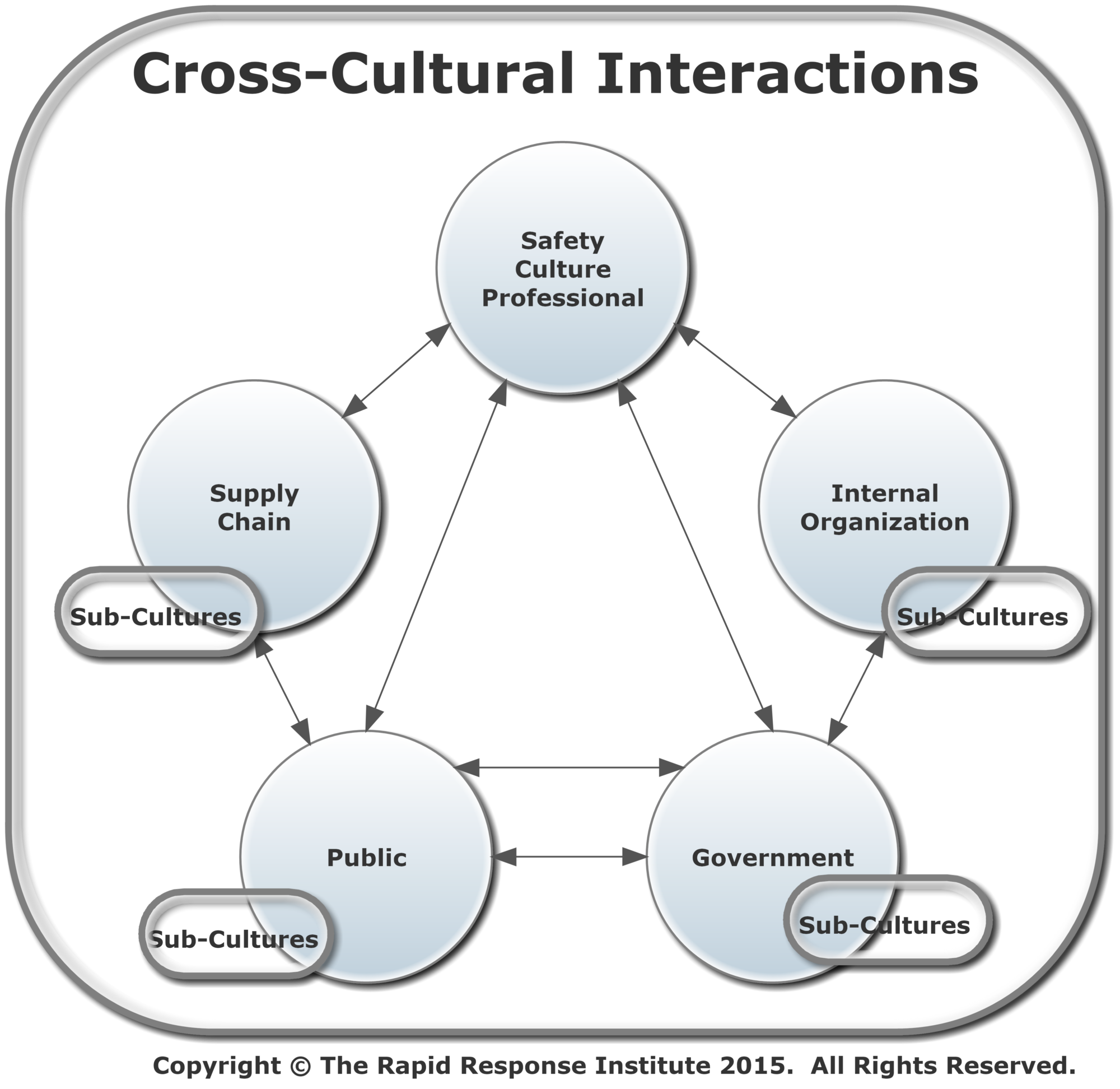Winston Churchill is credited with saying, “Success is not final, failure is not fatal: it is the courage to continue that counts.” The late Prime Minister nailed it; once again!
Our journey through life, including our career is a marathon not a sprint. While we celebrate success, often at happy hour or a party, we recognize it is only a moment.
Early in this writer’s career, a multi-million-dollar deal closed after more than a year of effort. A celebration ensued. The next day the sales manager, “Asked what was next?”
Attain and Sustain
Organizational initiatives seem to procreate. In some ways like the Tribbles of the original Star Trek series. Cute furry things, the Tribbles multiple at such a rate as to almost consume the Enterprise. Only the transporter beam saves the crew.
Like the rah-rah of New Year’s Resolutions, the question is not will I go to the gym in January, but will I still set foot on the treadmill in June or even March. The road to you know where is paved with good intentions. It is the sustained energy of the execution that assures more successes than failures—and that failures are teachable moments.
Culture is one of the current buzzwords, yet Cultural Transformation is the key to sustainability. Courage requires the organization to pick itself up, so to speak and continue the journey to a sustained high level of Operational Excellence.
Easy to Say
According to Forbes, in 2018 “enterprises are expected to invest $1.3 trillion (USD) in digital transformation initiatives to apply digital capabilities to improve efficiencies, increase customer value and create new monetization opportunities.” The article goes on to posit, that almost $900 billion of that spend will be wasted as goals are not attained.
Why are these projects always seemed doomed to fail? A quick Google search identifies a large body of knowledge over the years documenting these types of failure. So, the beat goes on.
Hard to Do
There is also a body of work documenting the “should do’s” of organizational transformation. In fact, this author has contributed several articles and books on this subject. Most notably, Implementing a Culture of Safety: A Roadmap for Performance Based Compliance.
A Missing Piece
There is a lot of talk about Operational Excellence, Digitalization, High Reliability Organizations, Human Factors, Safety Culture et al. As with the Forbes data, many are suffering the same fate. No wonder senior management is skeptical of new spend for more ‘Tribble-itiatives.’
For example, when a critical infrastructure sector discusses the transformation to a Safety Culture, the term is often expressed as singular, i.e., there is one industry safety culture. However, all firms have their own ecosystems consisting of multiple and sometimes disparate entities.
They have developed a culture that is a source of pride, competitive advantage, etc. Their culture differentiates each organization from their peer group.
The following figure presents the actual nature of a firm’s Safety Culture. The reality is that a large organization’s “culture” is a combination of multiple cultural dimensions. It is this ‘nature of culture’ that must be better understood if a transition process is to be successful and sustained.
Readers should note that the multi-dimension structure is continuously changing as business, technology, and regulatory environments impact on the Relationships, Behaviors, and Conditions of the situation. This dynamic requires continual managerial energy and training to sustain the change desired.

Cross Cultural Engagement
It would seem to be a daunting if not impossible task to effectively and efficiently train a large work force including relevant third-party suppliers on an ongoing basis. Of course, the cost would be prohibited as well.
Not so fast, e-learning serious games are now available to support the training requirements necessary to “sustain” the transformation. Moreover, specific scenarios can quickly be developed to meet specific organizational requirements.
The games are developed using Game Theory and Human Behavioral theories. They simulate a real-world environment and have been shown to give great results over decades. With Cloud technology, these training tools are now inexpensive and readily available to all.
Why have your Organization’s Business Transformation Initiatives Failed?
Check out our Cross Cultural Serious Game
https://en.wikipedia.org/wiki/The_Trouble_with_Tribbles
https://www.forbes.com/sites/forbestechcouncil/2018/03/13/why-digital-transformations-fail-closing-the-900-billion-hole-in-enterprise-strategy/#1f5923507b8b
https://www.xlibris.com/Bookstore/BookDetail.aspx?BookId=SKU-0143303003
Shemwell, Scott M. (2015, November 28). Comments and Thoughts Regarding the IAEA Technical Meeting on Developing Improvement Programmes for Safety Culture November 2-4, 2015. Vienna, Austria.

